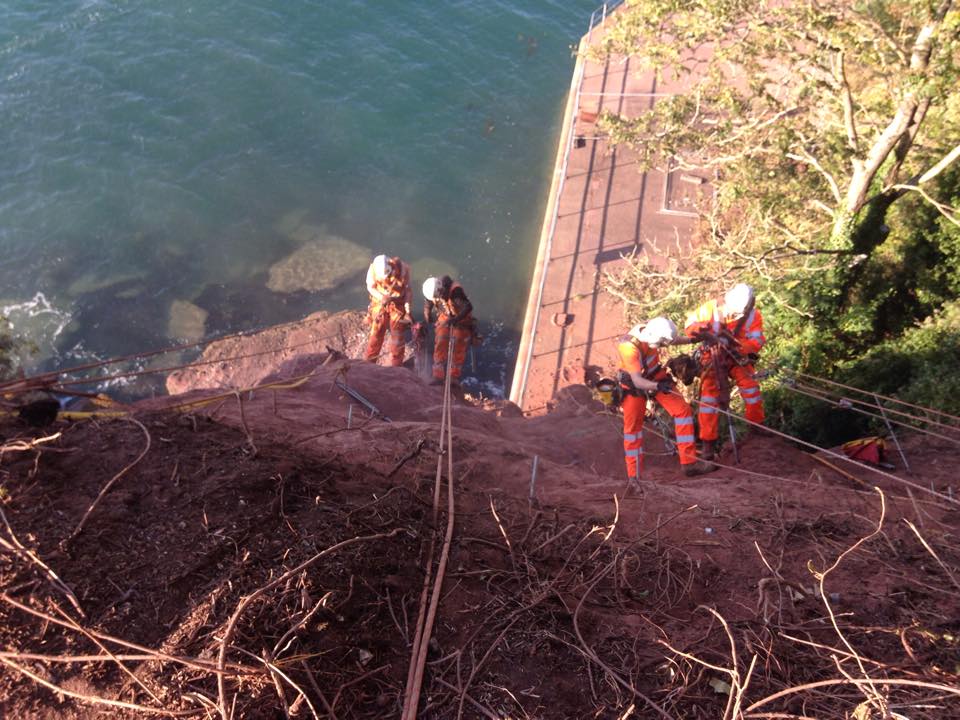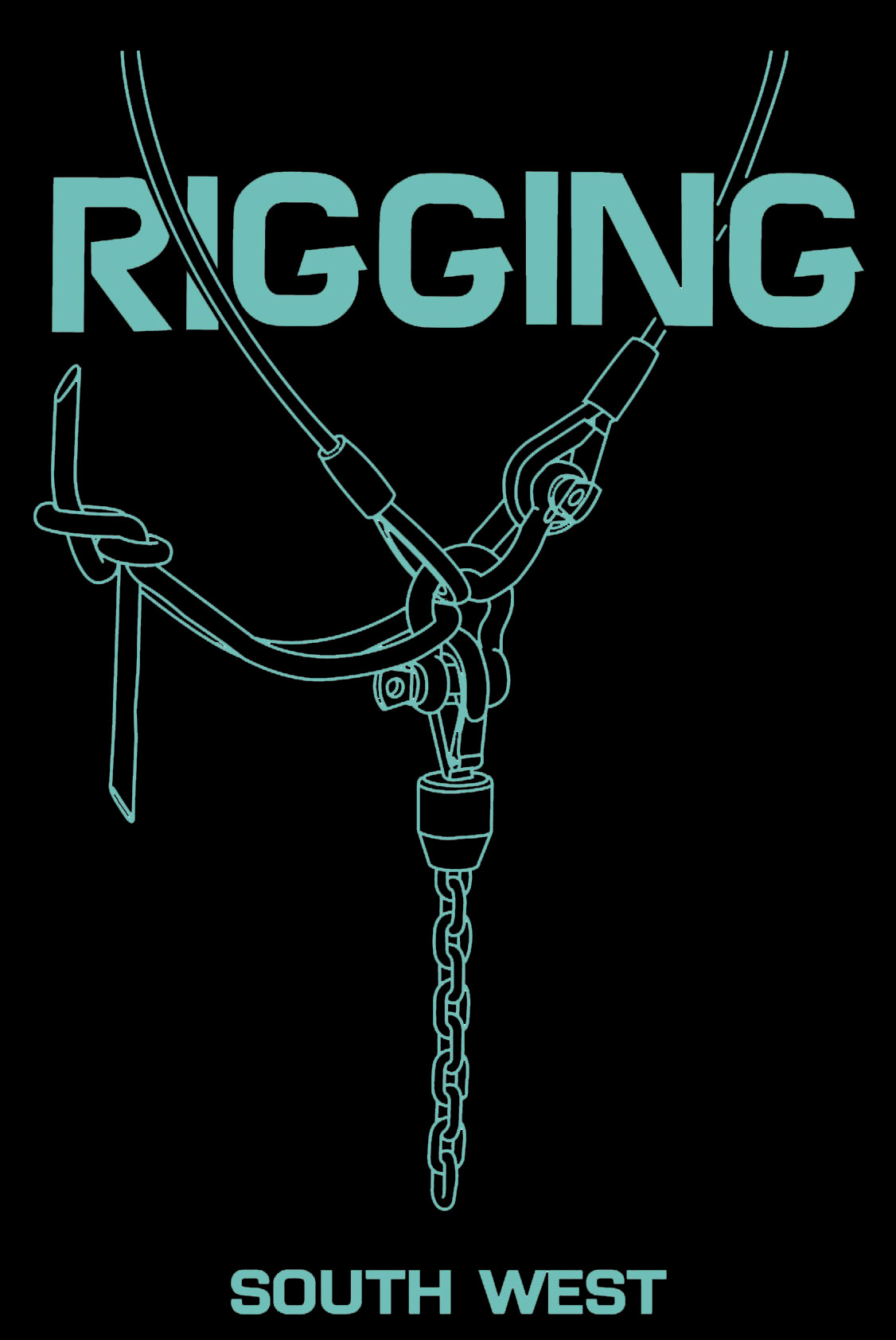What is Rope Access?
Rope access is a specialized method of working at height that uses ropes, harnesses, and specialized techniques to access hard-to-reach locations safely and efficiently. Originally developed for caving and climbing, rope access has become a trusted solution across industries like construction, maintenance, offshore energy, inspections as well as the entertainment industry.
Unlike traditional scaffolding or heavy machinery, rope access offers a lightweight, flexible, and cost-effective alternative for tasks that require precision and adaptability.
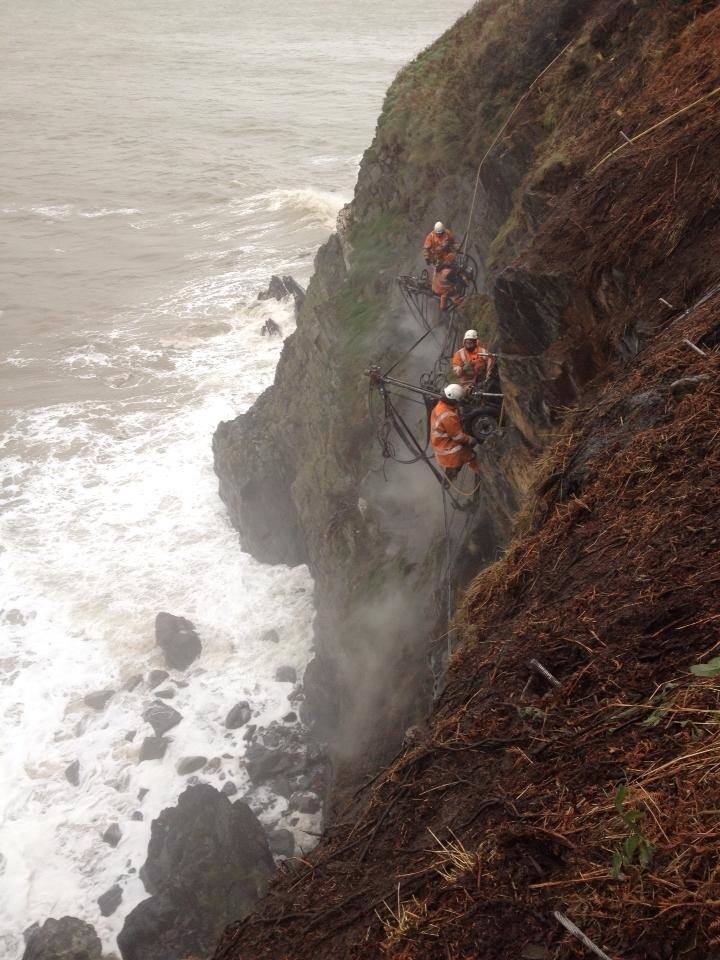
Key Features of Rope Access
1. Safety First
Rope access has an exceptional safety record due to strict protocols, advanced equipment, and highly trained personnel. Redundant systems (like backup ropes) ensure workers’ safety at all times.
2. Efficiency and Cost-Effectiveness
Because rope access eliminates the need for large, bulky equipment like scaffolding or cranes, it reduces setup time and costs. This makes it ideal for projects where quick and unobtrusive access is essential.
3. Versatility
Rope access is suitable for a wide range of tasks, including:
• Building maintenance and repair
• Rigging for the entertainment industry
• Bridge and dam inspections
• Cleaning and painting
• Geotechnical work, such as rockfall protection
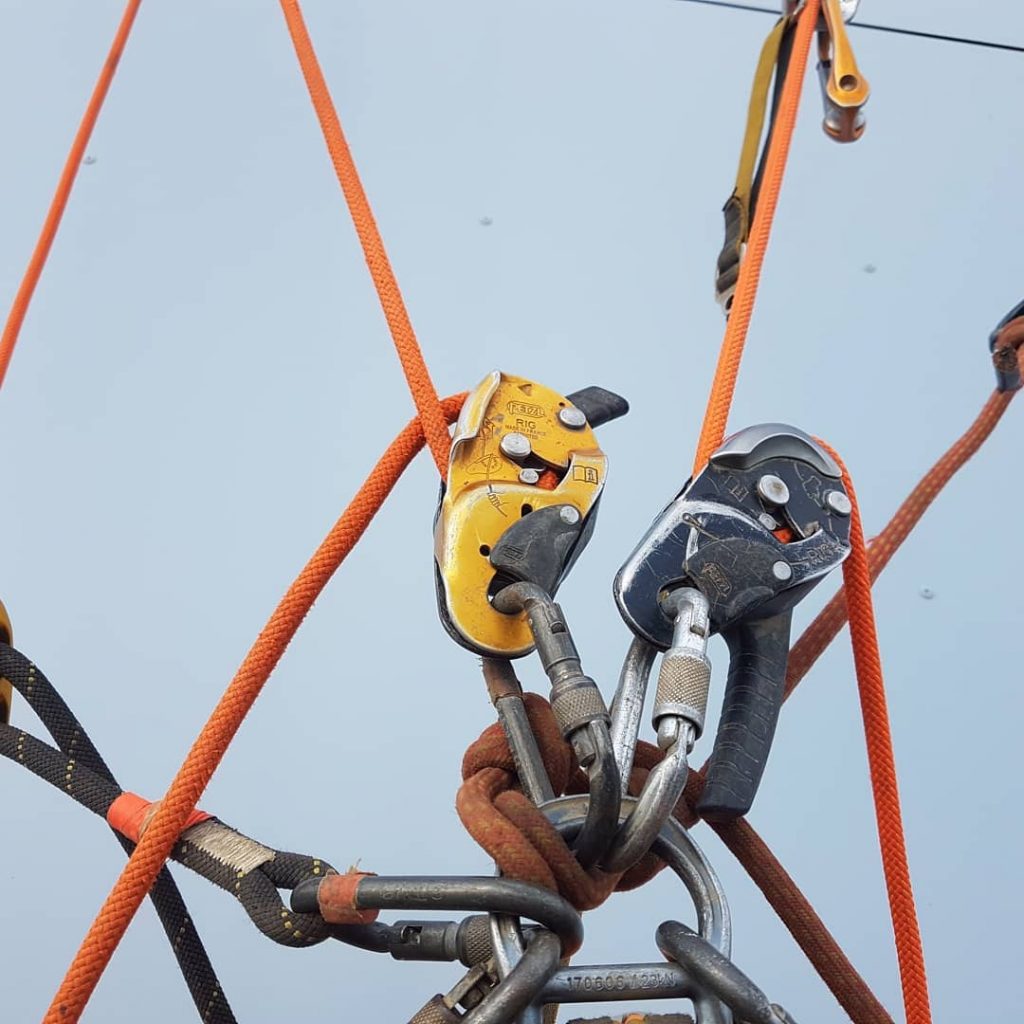
What is IRATA?
The Industrial Rope Access Trade Association (IRATA) is the globally recognized authority in rope access. Established in the late 1980s, IRATA sets the gold standard for training, certification, and safety in the rope access industry.
Why Choose IRATA-Certified Professionals?
1. Unmatched Safety Standards
IRATA’s rigorous training programs ensure that technicians are highly skilled in advanced rope access techniques and safety protocols.
2. Global Recognition
IRATA certification is recognized worldwide, ensuring that certified technicians meet the highest standards of competence and professionalism.
3. Code of Practice
IRATA’s comprehensive Code of Practice governs all aspects of rope access work, from planning and risk assessment to equipment use and emergency procedures.
4. Three-Tier Certification System
IRATA offers three levels of certification to ensure technicians continually develop their skills and knowledge:
• Level 1: Entry-level technicians who perform tasks under supervision.
• Level 2: Experienced technicians who assist in supervising and performing more advanced tasks.
• Level 3: Expert-level technicians who oversee rope access projects, manage safety systems, and conduct rescue operations – a minimum of 3 years and 3000 hours on the ropes.
Applications of Rope Access
Rope access is widely used in industries where safety, speed, and minimal disruption are critical. Common applications include:
• Construction and Maintenance: Repairing high-rise buildings, bridges, and industrial structures.
• Energy Sector: Inspecting and maintaining wind turbines, oil rigs, and power stations.
• Environmental Work: Installing protective nets, monitoring wildlife, and stabilizing rock faces.
• Entertainment Industry : Providing rigging for circus, theatrical and music event. Stunt and special effects rigging for film and TV.
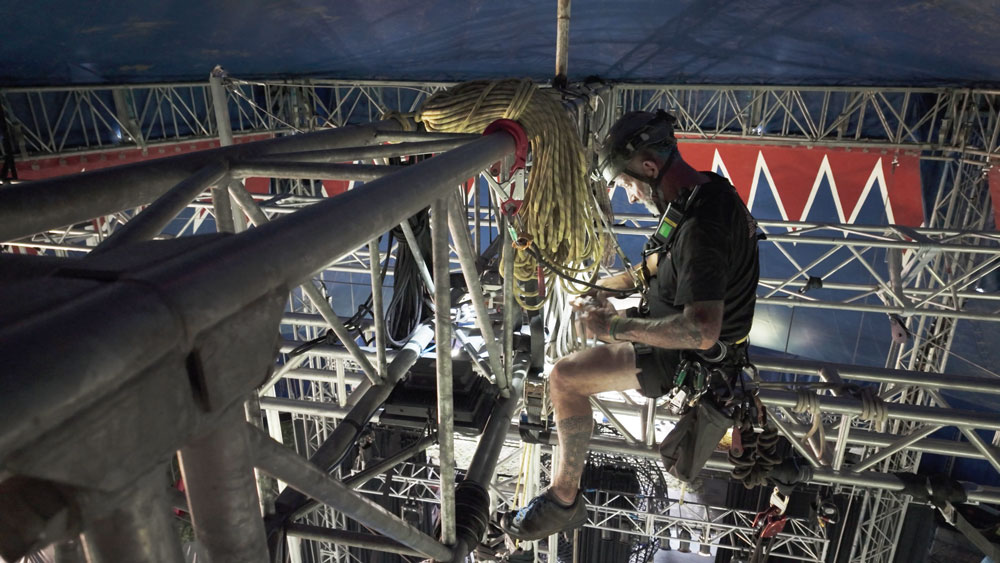
Why Choose Rigging South West for Rope Access Services?
At Rigging South West, we pride ourselves on offering expert rope access solutions that prioritize safety, efficiency, and quality. We ensure that all our technicians are highly trained and equipped to handle the most challenging projects.
Our services include:
• Inspection and maintenance
• Cleaning and painting
• Construction support
• Circus and entertainment industry rigging
Contact us today to learn how our rope access solutions can save you time, money, and resources on your next project.
Rigging South West – Precision at Height, Safety on Every Level.
